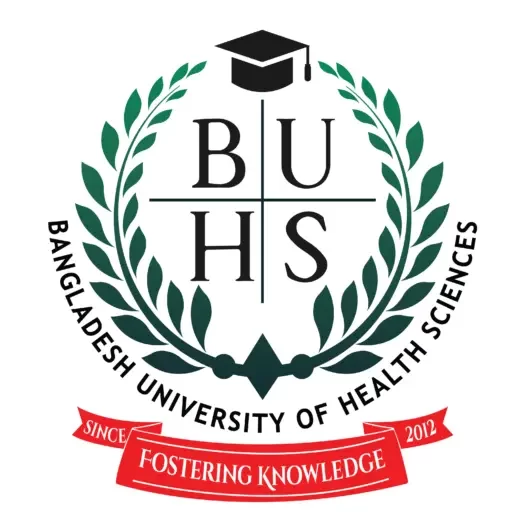Factors Affecting Provider’s Satisfaction Regarding the Newly Introduced Laboratory Information System in Armed Forces Institute of Pathology, Dhaka
- Keywords: LIS, ICT, AFIP, UHC, SDG
Abstract
ABSTRACT
Background: Armed Forces Institute of Pathology (AFIP), Dhaka is the biggest laboratory setup in Bangladesh Armed Forces. In line
with government vision, AFIP also started laboratory automation for provision of pathological service through Laboratory Information
System (LIS). However, there is little information about the usability of LIS and provider’s satisfaction, challenges and limitations faced
by them. We aimed at finding out the usability and its associated factors affecting the provider’s satisfaction regarding the newly
introduced LIS in AFIP, Dhaka.
Methods: This cross-sectional analytical study was carried out among 68 staffs or providers within AFIP. All providers within the
institution who were involved in working with the LIS were included as participants in the study. Self-Administered semi-structured
questionnaire was used as research instruments. Socio-demographic, LIS usability, effectiveness, and supportive infrastructure related
variables were taken into consideration to collect data. Data analysis was performed using SPSS version 25.
Results: The mean age of the respondents was 34.59 years (SD±8.8). Among the respondents, 48 (70.6%) were male and 20 (29.4%)
were female. The research explored that among the participants, 44.1% (30) had good computer knowledge, 30.9% (21) had average and
25% (17) had poor knowledge. The study also revealed that 41.2% (28) had some idea about Information and Communication
Technology (ICT) and 58.8% (40) had no knowledge about it. More than two third 54 (79.4%) staffs had more than 2 years of experience
of working with the laboratory system. Most of the respondents (97.1%) stated that they have interconnected computers within the
departments. More than fifty percent (40) staffs faced problem with the system and took some kind of actions. The study revealed that a
majority of the respondents (89.7%) expressed satisfaction with the LIS, while a small proportion (2.9%) reported dissatisfaction. The
association between sex and satisfaction is statistically significant (Chi squared value is 5.365, p value equals to 0.0205). Whereas the
association between education and satisfaction is statistically insignificant (Chi squared value is 0.632, p value is equal to 0.4266).
Conclusions: This study found most of the staff working with LIS for laboratory service were satisfied, further studies are needed to
find other insights to improve other avenues for improving provider satisfaction.
Keywords: LIS, ICT, AFIP, UHC, SDG
